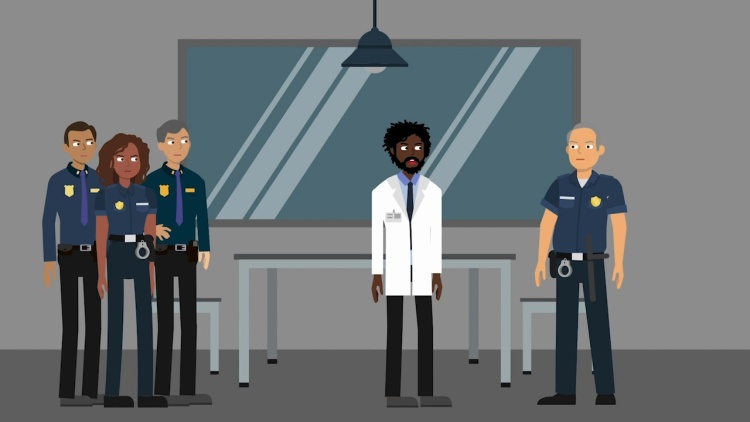Jones v. City of Boston
United States Court of Appeals for the First Circuit
845 F.3d 28 (2016)

- Written by Sean Carroll, JD
Facts
From 1999 to 2006, the Boston Police Department (BPD) (defendant) tested officers’ and applicants’ hair for traces of drugs. The test was negative for over 99 percent of white people tested and over 98 percent of black people tested. The hair drug test was reliable but not 100 percent accurate, because it could present a false positive due to failure to distinguish between a person’s consumption of drugs and a person being in an environment where drugs were present. In 2003, Dr. Kidwell described in an affidavit to the BPD an alternative drug testing method. Under Kidwell’s method, if a person failed the hair test, there would be a follow-up urinalysis test. The BPD continued to use the hair test. The BPD did use urinalysis tests for officers that were suspended for drug use. Jones and other black individuals (plaintiffs) took the BPD’s hair drug test and tested positive. The plaintiffs were either fired from the BPD or not hired on account of the test results. The plaintiffs brought suit against the BPD, alleging disparate impact on the ground that the hair of black people is more likely to absorb environmental drugs. The result, according to the plaintiffs, was a disproportionate number of false positives for black police officers. The district court granted summary judgment to the BPD. The plaintiffs appealed.
Rule of Law
Issue
Holding and Reasoning (Kayatta, J.)
What to do next…
Here's why 899,000 law students have relied on our case briefs:
- Written by law professors and practitioners, not other law students. 47,000 briefs, keyed to 994 casebooks. Top-notch customer support.
- The right amount of information, includes the facts, issues, rule of law, holding and reasoning, and any concurrences and dissents.
- Access in your classes, works on your mobile and tablet. Massive library of related video lessons and high quality multiple-choice questions.
- Easy to use, uniform format for every case brief. Written in plain English, not in legalese. Our briefs summarize and simplify; they don’t just repeat the court’s language.





